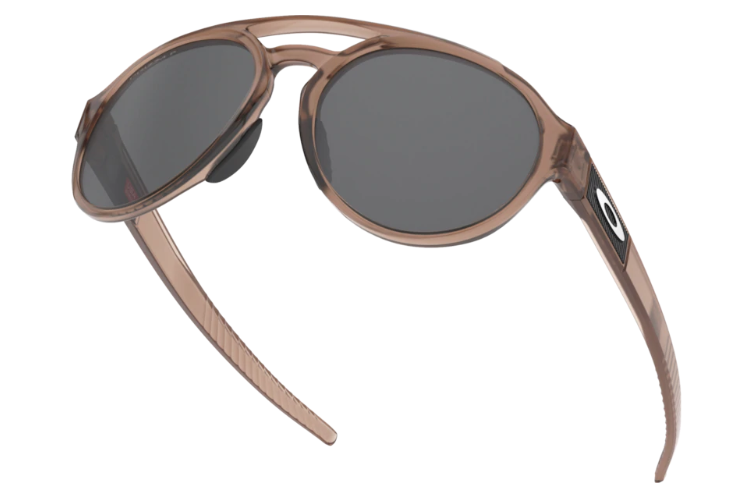

J Wildl Manag 61:450–459īedoya-Perez MA, Carthey AJR, Mella VSA, McArthur C, Banks PB (2013) A practical guide to avoid giving up on giving-up densities.


Am Biol Teach (in press)Īlthoff DA, Storm GL, Dewalle DR (1997) Daytime habitat selection by cottontails in central Pennsylvania. Funct Ecol 24:1313–1322Ību Baker MA, Emerson SE, Brown JS (2015) Studying foraging ecology on school and college campuses: a practical guide to measuring foraging behavior using urban wildlife. Oikos 118:1721–1731Ību Baker MA, Brown JS (2010) Islands of fear: effects of wooded patches on habitat suitability of the striped mouse in a South African grassland.
#Forager urban explorer 2.0 Patch#
Studying effect of habitat complexity on foraging responses provides useful tools to study ecological interactions and can help minimize the damage that cottontails cause within urban environments such as city parks and private gardens.Ību Baker MA, Brown JS (2009) Patch area, substrate depth, and richness affect giving-up densities: a test with mourning doves and cottontail rabbits. Similar to natural habitats, urban landscapes offer heterogeneous environments that force their inhabitants to allocate their foraging activity according to their perceived stresses. We demonstrated that surrounding a food patch with 3 or 4 fences increased the cottontails’ GUDs. Camera trap photos revealed solitary foraging, highest in the late afternoon and early morning. GUDs were significantly lower in proximity to cover in addition, shrubs were preferred over low-laying trees as the source of cover. Foraging activity was significantly higher under cover than in the open. In addition, we used small garden fences around feeding trays to test their effect as obstacles to the foraging of cottontails. We used giving-up densities (GUD) to test for habitat selection and patch-use behavior by cottontails inhabiting an urban landscape with a gradient of shrub and tree cover. We investigated aspects of the foraging activity of free-ranging Eastern cottontails ( Sylvilagus floridanus) on the campuses of the University of Illinois at Chicago and Lawrence University. Urban landscapes such as college campuses, arboretums, and backyards provide excellent habitats for education and research into animal behavior.


 0 kommentar(er)
0 kommentar(er)
